Size Matters |
||
|
Big. Much about Delaware Bay feels bigger than in bays in the rest of New Jersey. Sit on a boat near the shipping channel Alone. When no land is seen starboard to So no wonder that when fall's first reports roll in about striped bass invading the bay, the size of the fish is the thing. Thirty, forty, fifty pounds. Ho. Capt. Ralph Conrad from the charter boat Buccaneer from Fortescue has watched the stripers come and go for decades. Now, bass that size are the bay’s biggest, the attention grabbers that tackle shops and boats make it a point to tell reporters about for the news. Look here. Come on down. Still, many of the fish top 20 or 30 pounds, large, adult linesiders, stopping in the bay to feed on a migration south for the winter. They provide a finale to the bay’s fishing. Last call for catches. Make it a big one. Location is one of the most important factors to catch them, Ralph said. Word of mouth is indispensable. Ralph keeps in communication with Watch the reports, and go where the catches are currently made. |
|
Ralph does fish specific spots in all those areas, a laundry list of Loran coordinates for drop-offs, ups-and-downs and holes where he’s bagged stripers year after year. A chunk of fresh bunker is the popular bait, because bunker schools fill the bay, but charters on the Buccaneer fish both the menhaden and fresh surf clams.
|
||
The hooks are 7/0 to 10/0. A striper’s mouth opens bigger than a fist. A 30- to 40-pound fluorocarbon leader is fished. |
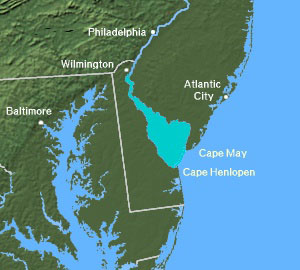 Delaware Bay |
|
On the fishing grounds, the Buccaneer is anchored, and the chum is hung over the side in a milk crate, so a thick mud with occasional chunks filters out. The anglers toss in the lines, let the bait sink to the bottom, and wait for the fish to show up. Ralph believes in waiting, not moving the boat, knowing that he’s anchored where the fish are likely to move through while feeding at some point during the tide. He’ll stay 8 or 10 hours if necessary. You don’t know when the fish will come through, he said. It’s like deer hunting. That makes location all the more important. Anglers have to be confident they’re fishing an area where stripers are known to be. The only way that Ralph is going to move is if someone calls him on the radio and lets him know that a striper feed is currently going down someplace else. Anglers on the boat use Shimano Baitcaster reels, so the line can be free spooled, no resistance when a striper picks up the hook.
Ralph is one of the pioneers on the bay, got his first boat in 1961 after graduating from college, and docked it in Fortescue. He had fished both the bay and other areas before then, including running party boats out of Cape May. But once his own vessel was in a slip on the bay, these were his waters. The fall striper migration seems to run later in the bay than in the past, he said. Last year most of the Fortescue charter fleet was pulled from the waters by December 1. But private boaters who remained discovered that stripers were just turning on in the northern bay. Ralph’s going to try leaving the boat in the waters through mid December this year for charters. Last call for striper fishing? Not so fast, my friend. Maybe not. Still, don’t drag your feet. The sizes of the stripers seem no different during the fall migration than during the spring migration. But different sizes of bass will school together. But on the whole, like the bay itself, one word describes the fish compared with others. Big. |
||
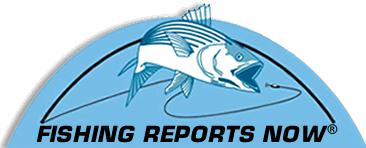
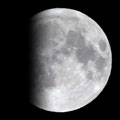
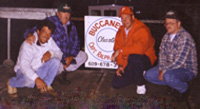
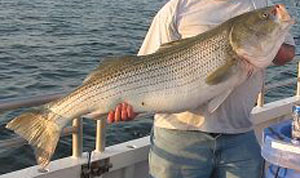 Holding the rod, instead of keeping it in a rod holder, is best, increasing the chances of feeling the bite, so the angler can engage the gear off free spool and pull back to set the hook in time to lock up on the fish without losing it.
Holding the rod, instead of keeping it in a rod holder, is best, increasing the chances of feeling the bite, so the angler can engage the gear off free spool and pull back to set the hook in time to lock up on the fish without losing it.